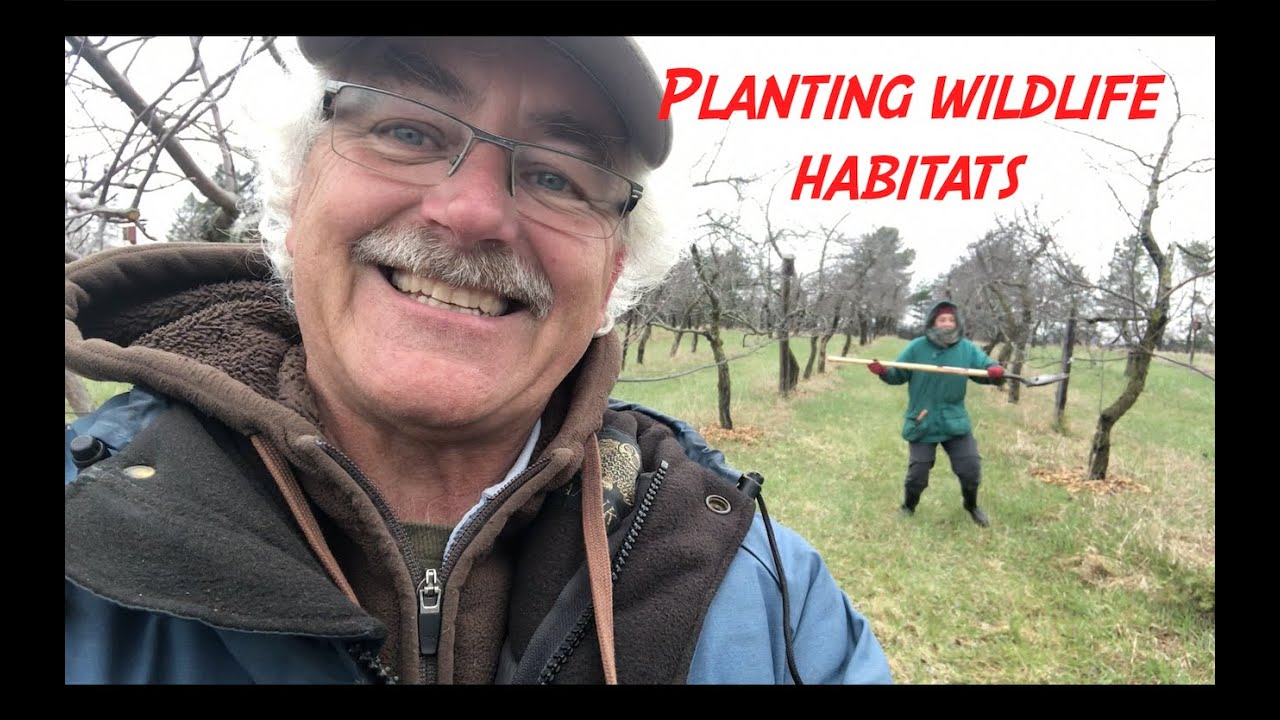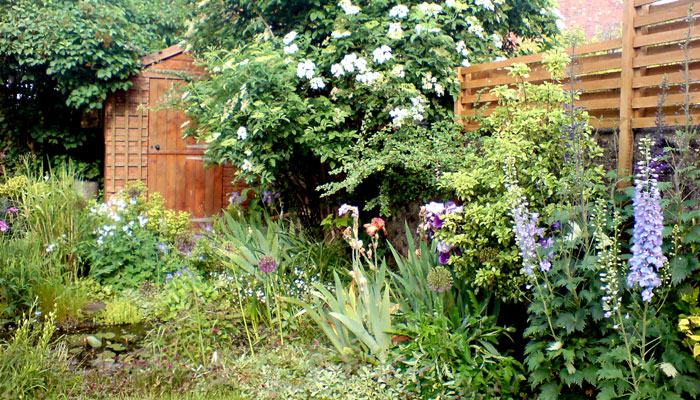The rustling leaves, the scurrying sounds in the undergrowth, the flash of a furry tail disappearing into the shadows… these are the sights and sounds that bring a sense of wildness and wonder to our lives. For many of us, the opportunity to connect with nature is a cherished one. Creating a habitat that welcomes native mammals is a rewarding endeavor, not only for the joy it brings to us but also for the vital role it plays in supporting biodiversity and ecosystem health. This comprehensive guide will delve into the art and science of attracting native mammals to your property, transforming your backyard, balcony, or acreage into a thriving haven for these fascinating creatures.
Understanding the Importance of Native Mammals
Before we dive into the ‘how,’ let’s explore the ‘why.’ Native mammals are integral to the health and balance of our ecosystems. They perform a multitude of essential roles, including:
- Seed dispersal: Many mammals, such as squirrels and chipmunks, play a crucial role in spreading seeds, helping plants to colonize new areas.
- Pollination: Some mammals, like bats, are important pollinators, contributing to the reproduction of various plant species.
- Pest control: Mammals like opossums and foxes help keep populations of insects, rodents, and other potential pests in check.
- Nutrient cycling: Mammals contribute to the breakdown of organic matter and the cycling of nutrients through the ecosystem.
- Prey for predators: They serve as a vital food source for larger predators, maintaining the food web.
Furthermore, the presence of native mammals often indicates a healthy and thriving environment. Their presence can bring a sense of connection to nature and a deeper appreciation for the natural world. By attracting these creatures, you contribute to conservation efforts and create a more vibrant and engaging outdoor space.
Assessing Your Property: What Mammals Can You Attract?
The first step in attracting native mammals is understanding the potential of your property. Not every habitat is suitable for every species. Consider the following factors:
- Location: Your geographical location will determine the types of mammals naturally found in your area. Research the native mammals of your region, including their specific habitat requirements. Websites of local wildlife agencies and conservation organizations are excellent resources.
- Size of your property: Larger properties offer more opportunities to create diverse habitats and attract a wider range of mammals. However, even small spaces like balconies and urban gardens can provide valuable resources for some species.
- Existing vegetation: The presence of trees, shrubs, and groundcover provides shelter, food, and nesting sites for many mammals. The diversity of your existing vegetation is a significant factor.
- Proximity to other habitats: Are you near a forest, a park, a wetland, or other natural areas? The closer you are to existing habitats, the more likely you are to attract mammals.
- Surrounding land use: Consider the surrounding land use. Are there areas with pesticide use, heavy traffic, or other potential hazards? These factors can influence the types of mammals that will be attracted to your property.
Once you have a good understanding of your property’s potential, you can start thinking about which mammals you can realistically attract. Common choices include:
- Squirrels: These playful creatures are often relatively easy to attract with feeders and appropriate plantings.
- Chipmunks: Similar to squirrels, chipmunks enjoy a variety of food sources and readily utilize suitable habitats.
- Rabbits: Offering a safe haven with plenty of cover can encourage rabbits to visit.
- Opossums: These beneficial scavengers are drawn to areas with food and shelter.
- Raccoons: While fascinating, raccoons can sometimes become problematic. Consider their presence carefully before actively attracting them.
- Deer: Deer can be a beautiful sight, but they can also cause significant damage to gardens.
- Bats: Bats are invaluable for insect control. Providing bat houses can be a great way to attract them.
- Various rodents: Mice, voles, and other small rodents often become residents in suitable habitats, providing a food source for other animals.
Creating a Welcoming Habitat: Key Elements
Once you’ve identified the potential mammals you’d like to attract, the next step is to create a habitat that meets their needs. The following elements are crucial:
1. Provide Shelter
Shelter is perhaps the most critical element. Mammals need safe places to rest, hide from predators, and raise their young. Consider these options:
- Native Trees and Shrubs: Planting native trees and shrubs is one of the best ways to provide shelter and food. They offer cover from the elements and predators.
- Brush Piles: Creating brush piles from branches and other woody debris provides excellent shelter for small mammals.
- Rock Piles: Rock piles can offer shelter and basking spots for some species.
- Burrowing Opportunities: Some mammals need places to dig burrows. Ensure the soil in your yard isn’t compacted and is suitable for digging.
- Artificial Structures: Consider building or installing bat houses, birdhouses (that can be used by some mammals), and other artificial structures to provide shelter.
2. Offer Food Sources
Mammals require a consistent and diverse food supply. This can be achieved through various methods:
- Native Plants: Planting native plants is a great way to provide natural food sources, such as seeds, fruits, berries, nuts, and insects.
- Feeders: Squirrel feeders, bird feeders (with appropriate safeguards to prevent over-reliance on artificial food sources), and other feeders can supplement natural food sources.
- Water Sources: Providing a clean and reliable water source is essential, especially during dry periods.
- Avoid Pesticides and Herbicides: These chemicals can be harmful to mammals and reduce the availability of natural food sources.
- Composting: Composting food scraps can help attract beneficial insects and provide a food source for some mammals.
3. Supply Water
Water is essential for all life. Ensure a consistent and clean water source is available:
- Bird Baths: Bird baths can provide a water source for many mammals.
- Ponds and Water Features: Ponds and other water features can attract a wider range of mammals, but be mindful of safety considerations.
- Shallow Dishes: Shallow dishes of water can provide a simple and effective water source.
- Regularly Clean Water Sources: Clean water sources regularly to prevent the spread of diseases.
4. Minimize Hazards
Protect the mammals you’re trying to attract by minimizing potential hazards:
- Fencing: Consider fencing to protect your garden from deer or other animals.
- Control Pets: Keep pets, especially cats and dogs, under control to prevent them from harming native mammals.
- Avoid Pesticides and Herbicides: These chemicals can be toxic to mammals.
- Secure Trash Cans: Secure trash cans to prevent raccoons and other animals from getting into them.
- Reduce Glass Collisions: Install bird-safe window film or other measures to reduce the risk of birds and mammals colliding with windows.
- Avoid Night Lighting: Bright outdoor lighting can disrupt the natural behavior of nocturnal mammals.
Planting for Mammals: A Plant-by-Plant Guide
Choosing the right plants is crucial for attracting native mammals. Here are some examples of plants that provide food, shelter, and other benefits:
Trees
- Oaks (Quercus spp.): Acorns are a valuable food source for squirrels, chipmunks, deer, and other mammals.
- Maples (Acer spp.): Provide seeds and shelter.
- Fruit Trees (Malus spp., Prunus spp., etc.): Offer fruits for various mammals. Be mindful of the potential for deer damage.
- Birches (Betula spp.): Provide seeds and shelter.
Shrubs
- Serviceberries (Amelanchier spp.): Produce berries that are enjoyed by many mammals.
- Dogwoods (Cornus spp.): Offer berries and shelter.
- Elderberry (Sambucus spp.): Provide berries for birds and mammals.
- Viburnums (Viburnum spp.): Offer berries and shelter.
Perennials and Groundcover
- Coneflowers (Echinacea spp.): Provide seeds for birds and mammals.
- Sunflowers (Helianthus spp.): Offer seeds for birds and mammals.
- Wild Strawberries (Fragaria virginiana): Provide fruits and groundcover.
- Clover (Trifolium spp.): Attracts insects, which serve as food for some mammals.
When selecting plants, prioritize native species that are adapted to your local climate and soil conditions. Native plants are more likely to provide the specific resources that native mammals need.
Maintaining Your Habitat: Ongoing Care
Creating a welcoming habitat is an ongoing process. Here are some tips for maintaining your habitat and ensuring its success:
- Regular Monitoring: Observe your property regularly to see which mammals are visiting and how they are utilizing the resources you’ve provided.
- Adjustments: Make adjustments to your habitat as needed, based on your observations.
- Weeding: Control invasive plants that can outcompete native vegetation.
- Watering: Water plants during dry periods to ensure they thrive.
- Pruning: Prune trees and shrubs to maintain their health and shape.
- Clean Feeders and Water Sources: Regularly clean feeders and water sources to prevent the spread of diseases.
- Educate Yourself: Continue to learn about the native mammals in your area and their specific needs.
- Connect with Local Organizations: Join local wildlife organizations or conservation groups to learn from experts and connect with other nature enthusiasts.
Addressing Common Challenges
Attracting native mammals can sometimes present challenges. Here are some common issues and how to address them:
- Deer Damage: Deer can be a significant problem in some areas. Consider using deer-resistant plants, fencing, or other deterrents.
- Rodent Problems: An overabundance of rodents can sometimes become a nuisance. Ensure that you are not providing excessive amounts of food, such as spilled birdseed. Consider using traps humanely if necessary, or focus on attracting predators.
- Raccoon Issues: Raccoons can sometimes be attracted to human food sources. Secure your trash cans and avoid leaving pet food outside.
- Predator Control: While you want to attract mammals, you may not want to attract their predators. Be aware of the presence of predators in your area and take steps to minimize their impact.
- Pest Control: Avoid using pesticides, as they can harm mammals. Consider using natural pest control methods.
Going Beyond Your Backyard: Community Involvement
The impact of your efforts extends beyond your property line. Consider these ways to get involved in community conservation:
- Share Your Knowledge: Talk to your neighbors, friends, and family about your efforts to attract native mammals.
- Participate in Community Projects: Volunteer for local conservation projects, such as habitat restoration or wildlife surveys.
- Support Conservation Organizations: Donate to or volunteer with organizations that are dedicated to wildlife conservation.
- Advocate for Wildlife-Friendly Practices: Encourage your local government to adopt wildlife-friendly policies, such as protecting natural habitats and reducing pesticide use.
- Educate Others: Share your knowledge about native mammals and the importance of habitat conservation.
Conclusion: A Symphony of Life
Creating a habitat that welcomes native mammals is a journey of discovery, a chance to connect with nature, and a contribution to the health of our planet. By providing shelter, food, and water, and by minimizing hazards, you can transform your property into a haven for these fascinating creatures. Remember that patience and observation are key. The rewards of attracting native mammals—the sights, sounds, and the deep satisfaction of knowing you are making a difference—are well worth the effort. So, take a deep breath, step outside, and begin your adventure in creating a vibrant and thriving ecosystem right in your own backyard. The symphony of life awaits!

